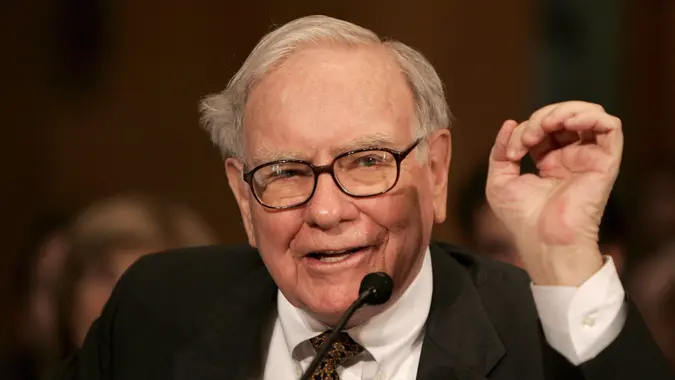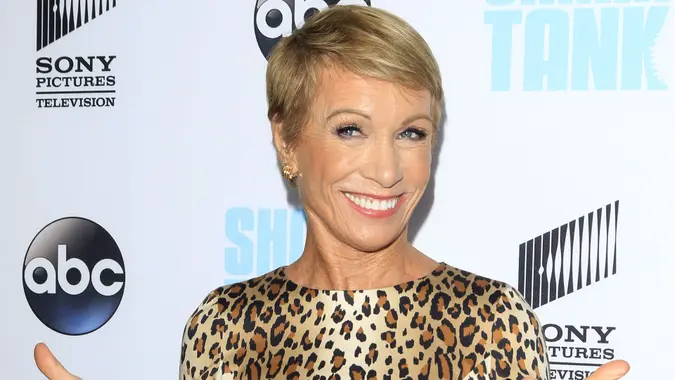As McDonald’s Prices Go Up, Customers Are Taking Action

Commitment to Our Readers
GOBankingRates' editorial team is committed to bringing you unbiased reviews and information. We use data-driven methodologies to evaluate financial products and services - our reviews and ratings are not influenced by advertisers. You can read more about our editorial guidelines and our products and services review methodology.

20 Years
Helping You Live Richer

Reviewed
by Experts

Trusted by
Millions of Readers
When restaurants — or really, any business — sets prices, they take several factors into consideration. First, there’s the cost of goods and labor used to create their menu items and serve the food. That would also include overhead like electricity costs, property fees and employee salaries and benefits. Inflationary pressures and supply-chain challenges can also influence costs. Finally, the laws of supply and demand come into play, along with how much of a price increase the market can bear.
In other words, while customers may swallow a 6% price increase from McDonald’s and other fast-food chains, they aren’t likely to pay $10 for a Happy Meal.
Forbes recently reported that prices at “limited-service” concepts are up roughly 8% since 2020. Chipotle has increased prices by 10% since 2020, while McDonald’s is charging roughly 6% more than it was in 2021.
In the McDonald’s 2021 Q4 earnings call, CFO Kevin Ozan said this increase covers the “4% commodity price increases or food and paper increases, as well as labor inflation and the competitive environment,” Forbes reported.
He noted that the chain will continue to evaluate customer research to ensure consumers still feel they are getting a good value, and will also watch “whether they’re still coming from a transaction standpoint.”
However, recent research from Revenue Management Solutions shows consumers may be nearing their breaking point as to how much they are willing to pay for the convenience of take-out food. The report shows that visits to restaurant drive-thrus have dropped by 7% year-over-year. Customers have reported one less visit per week, or four fewer visits per month, to pick up food at a drive-thru.
Revenue Management Solutions attributes the change in habit to higher gas prices, though, rather than increases in the price of fast food. “Historically, higher gas prices have negatively impacted drive-thru concepts,” Forbes writes.
Other indicators, however, show that consumers may, indeed, be getting fed up with higher prices at restaurants overall. The RMS data showed that 34% of consumers are ordering less expensive menu items, while 30% are choosing less expensive restaurants. Forty percent of consumers said they believe they are getting less value from restaurants than they were just a month ago, and 82% say it’s because of higher prices.
The question remains — for McDonald’s and other chains, as well as locally owned eateries — how much higher can prices go before restaurants start losing enough customers that it significantly damages their bottom line?
More From GOBankingRates
 Written by
Written by  Edited by
Edited by 

























